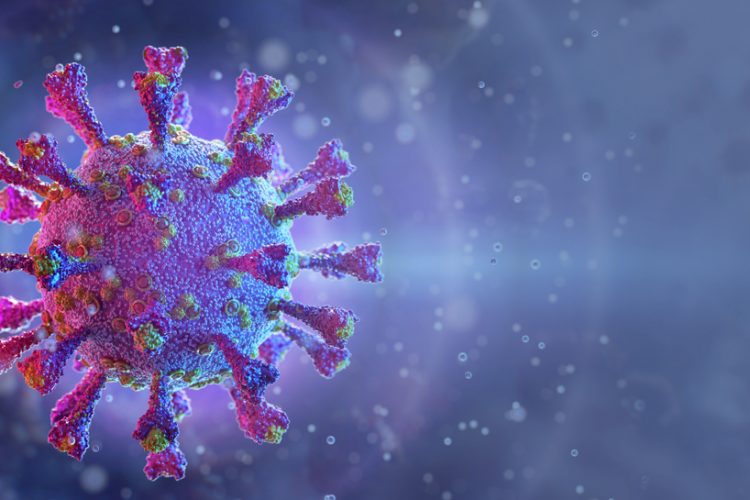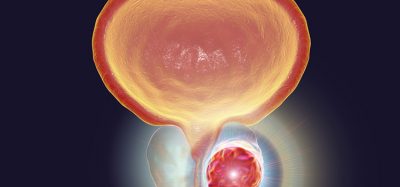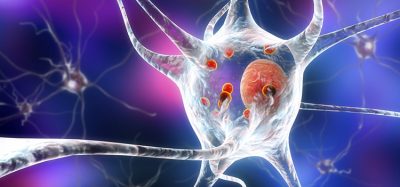Key mechanism reveals how SARS-CoV-2 evades our immune system
Posted: 8 December 2021 | Anna Begley (Drug Target Review) | No comments yet
Scientists have found that SARS-CoV-2 can knock out an important molecular pathway linked to an immune complex called MHC class I.


Researchers from Hokkaido University, Japan, and Texas A&M University, US, have found SARS-CoV-2 can knock out an important molecular pathway linked to an immune complex called major histocompatibility complex (MHC) class I. The finding should help scientists better understand how COVID-19 infection takes hold and provides potential drug targets.
The scientists used a bioinformatics approach to look at how SARS-CoV-2 changes gene expression in the immune systems of COVID-19 patients compared to uninfected individuals. According to the team, this is a useful way to look into the function of complicated cell signalling pathways that trigger immune responses to fight off harmful bacteria and viruses.
The team analysed gene expression in COVID-19 patients and infected human cell lines with the SARS-CoV-2 virus to validate their findings. The results showed that a protein from the virus called ORF 6 suppresses the host cell protein NLRC5, responsible for activating the MHC class I pathway.
Biomarkers aren’t just supporting drug discovery – they’re driving it
FREE market report
From smarter trials to faster insights, this report unpacks the science, strategy and real-world impact behind the next generation of precision therapies.
What you’ll unlock:
- How biomarkers are guiding dose selection and early efficacy decisions in complex trials
- Why multi-omics, liquid biopsy and digital tools are redefining the discovery process
- What makes lab data regulatory-ready and why alignment matters from day one
Explore how biomarkers are shaping early drug development
Access the full report – it’s free!
The study, published in Nature Communications, showed this happens in two ways. ORF6 hampers cell signalling, which turns off the expression of NLRC5. ORF6 also blocks the function of NLRC5. Other infectious viruses, including HIV and MERS, are known to also target the MHC class I pathway. While previous studies have suspected SARS-CoV-2 also targeted this pathway, this study is the first to unravel the mechanism.
“Without the activation of the MHC class I pathway, viruses in the infected cells are essentially hidden from the immune system. That helps to explain why SARS-CoV-2 virus persists in the body and why it keeps infecting others, leading to the pandemic,” commented Dr Koichi Kobayashi who led the study.
NEWS: “Overlooked” FAM72A gene shines light on antibody production
The team stated that further research could help find and test drugs that block the activity of the ORF6 viral protein to restore host cell ability to activate the major histocompatibility complex. If successful, such drugs could encourage the host immune system to clear the virus itself, effectively boosting immune responses.
“Our discovery reveals how the virus can evade the human immune defence system and might help to explain why the pandemic has been so severe,” concluded Kobayashi. “The mechanisms we identify may provide new molecular targets for drug discovery.”
Related topics
Drug Targets, Immunology, Molecular Biology, Molecular Targets, Small Molecules, Target Molecule
Related conditions
Covid-19
Related organisations
Hokkaido University, Texas A&M University
Related people
Koichi Kobayashi








